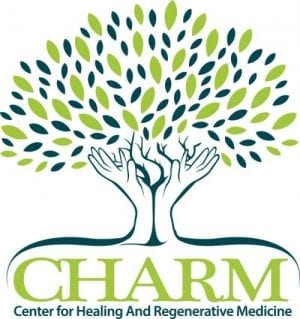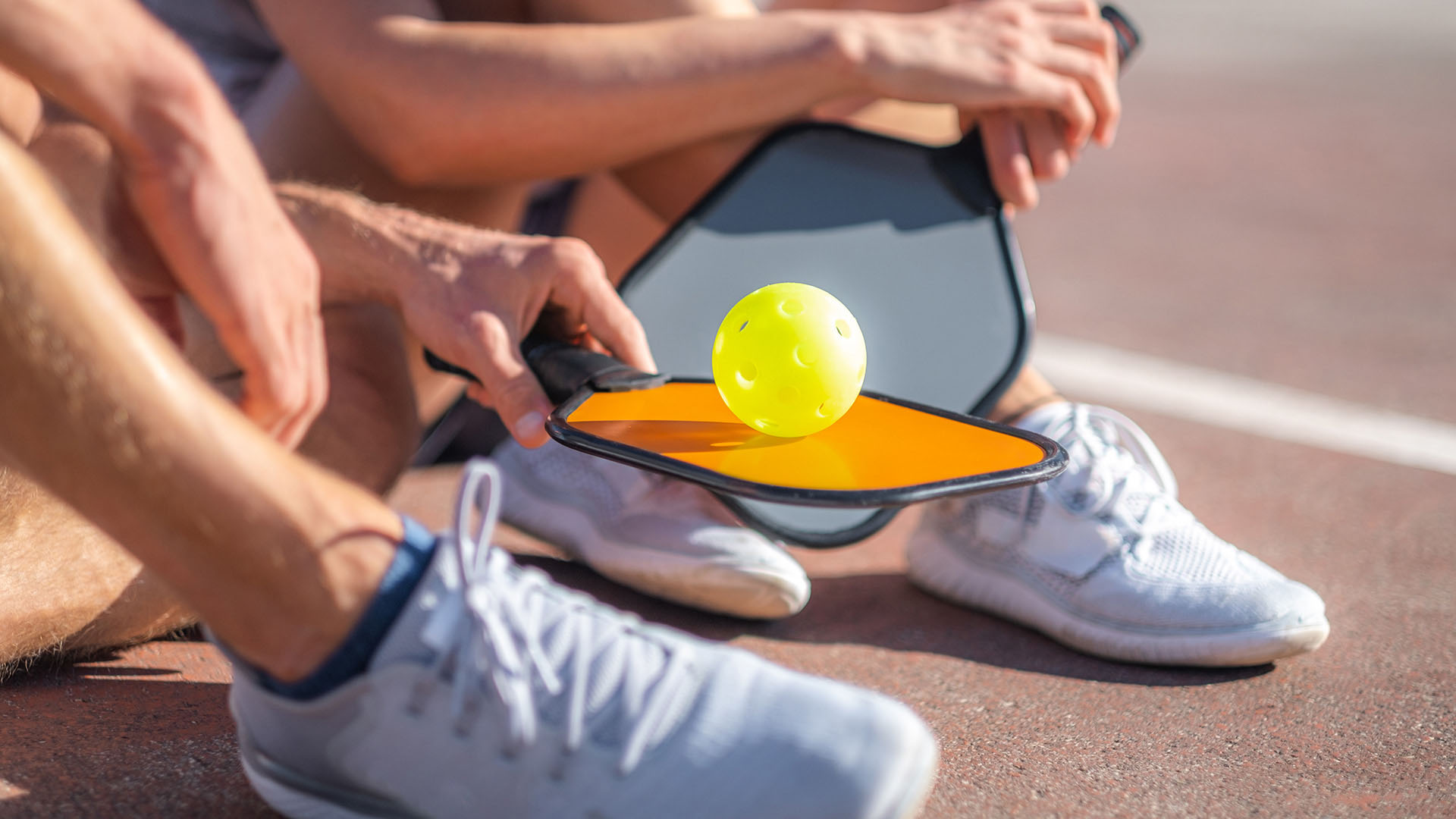Pickleball has quickly become America’s fastest-growing sport, with players of all ages flocking to courts nationwide. However, as fun as the sport can be, the quick starts and stops, lunges, and arm motions of pickleball can also put players at risk for injury.
In fact, studies show that pickleball is an increasing cause of slip, trip, fall, and dive injuries among seniors. These growing risks emphasize the importance of recognizing, treating, and preventing common pickleball injuries.
Common Pickleball Injuries and Their Causes
The most common pickleball injuries typically involve the ankles, elbows, shoulders, knees, and muscles. Knowing what causes these injuries and how they feel can help you recognize an injury quickly and seek proper treatment when needed to prevent further harm.
Upper Body Pickleball Injuries
Many common pickleball injuries occur in the upper body due to the repetitive swinging motion of the paddle and sudden, high-impact movements. Most often, these injuries include:
- Tennis Elbow
- Rotator Cuff Strains or Tears
- Shoulder Impingement Syndrome
- Biceps Tendinitis
- Wrist Sprains or Tendinitis
Lower Body Pickleball Injuries
The dynamic motions of pickleball can also lead to lower-body injuries, especially when players are not adequately warmed up or wearing supportive footwear. These can include:
- Muscle Strains (Hamstrings, Calves, Quads)
- Ankle Sprains
- Achilles Tendinitis
- Knee Injuries (e.g., Patellar Tendinitis or Meniscus Tears)
- Plantar Fasciitis
Other Common Pickleball Injuries
In addition to injuries in the upper and lower body, pickleball players can experience other types of injuries that result from falls, collisions, or environmental factors, including:
- Head Injuries and Concussions
- Wrist or Hand Fractures
- Dehydration or Heat-Related Illnesses
- Bruises and Contusions
Recognizing the Signs of a Pickleball Injury
Deciphering between normal soreness, aches, pains, and an actual injury isn’t always easy. This ambiguity highlights the importance of spotting the specific tell-tale signs of an injury versus normal soreness. These are some signs of injury to be aware of:
- Ankle sprains usually cause immediate pain, swelling, and bruising, and you may even hear a “pop” at the time of injury.
- With pickleball elbow, you may feel weakness when gripping items, and pain often persists for weeks after play.
- Rotator cuff issues lead to shoulder stiffness, achiness, and limited mobility, especially when reaching overhead or behind.
- Knee injuries typically cause pain, swelling, and a sense of instability, and you may hear popping or grinding noises within the joint.
- Strained muscles feel tight and tender when used. You may notice bruising, swelling, and decreased strength until the strain resolves.
In general, you should seek medical attention immediately if you experience persistent pain, swelling, stiffness, reduced range of motion, or weakness in a joint or muscle that doesn’t improve with rest.
Immediate Treatment and Rehabilitation for Pickleball Injuries
Diagnosing a pickleball injury and other sports injuries involves a thorough evaluation, including a medical history, physical exam, and ordering appropriate imaging tests like X-rays or Electrodiagnostic Tests to pinpoint the injury.
From there, a customized regenerative medical treatment plan is developed, which can include:
- Prescribing short-term use of medications like NSAIDs to reduce inflammation and pain.
- Prolotherapy to initiate your body’s natural healing abilities.
- Platelet Rich Plasma Therapy (PRP) to expedite the regeneration and repair of damaged tissue in joint, tendon, and ligament injuries.
- Physical therapy to decrease pain, improve joint mobility, retrain proper movement patterns, optimize stability, and strengthen muscles.
- Braces or splints to immobilize and protect injured joints.
- Ultrasound-guided injections to deliver steroid injections, like cortisone, with precision to decrease inflammation.
- For more severe injuries, Bone Marrow Aspirate Concentrate (BMAC) can release your own stem cells and growth factors to facilitate healing of the injured tissue.
- Supervised rehabilitation programs that ensure complete recovery of stability, strength, and function before returning to play.
Pickleball Injury Prevention Tips
Players can prevent many common pickleball injuries with the proper precautions and techniques. Here are some essential tips to help you stay injury-free.
Engage in Proper Warm-Up and Stretching
Engaging in a proper warm-up routine is crucial for preparing your muscles and joints for the physical demands of pickleball. Incorporate dynamic stretches and light cardio exercises to increase blood flow, flexibility, and prepare the body for movement.
Incorporate Strength & Conditioning Exercises
Incorporating strength and conditioning exercises alongside regular pickleball play can help prevent injuries by improving muscle function, joint stability, balance, and overall endurance.
Some exercises to incorporate include:
- Lunges and squats
- Planks and core rotations
- Resistance band shoulder rotations
- Calf raises
- Wrist curls and extensions
Choose Footwear Designed for Pickleball
Investing in good-quality court shoes, preferably designed for pickleball, is also essential for preventing slips, falls, and ankle sprains. Ensure that your shoes fit well and provide ample cushioning.
For example, some of today’s top-quality pickleball shoes include:
- ASICS Gel-Renma
- K-Swiss Express Light Pickleball Shoe
- NikeCourt Air Zoom Vapor Pro
- New Balance 996 v5
- Adidas Barricade
Consult a Musculoskeletal Specialist for Pickleball Injury Treatment Today
Pickleball is a fun and fast-growing sport, but like any physical activity, it comes with the risk of injury—especially to the upper body, lower body, and other vulnerable areas like the back and hands.
If you’re experiencing persistent pain, swelling, or other injury symptoms, don’t wait—seek an evaluation and treatment from a qualified spine and musculoskeletal expert at the Center for Healing and Regenerative Medicine (CHARM) today.

